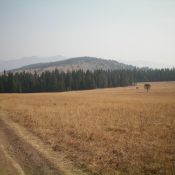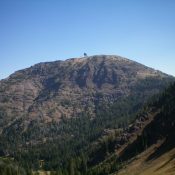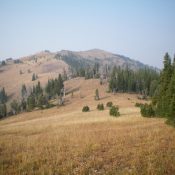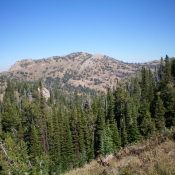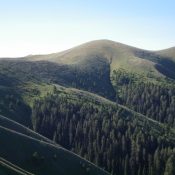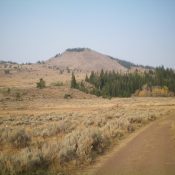
Climbing and access information for this peak is on Page 335 of the book. The book lists the elevation of Pup Peak at 8,568 feet. LOJ puts the elevation at 8,580 feet. Use the link below to read Rick Baugher’s trip report which discusses the proposed name. Published November 2020 Pup Peak is located on the Continental Divide in the … Continue reading
